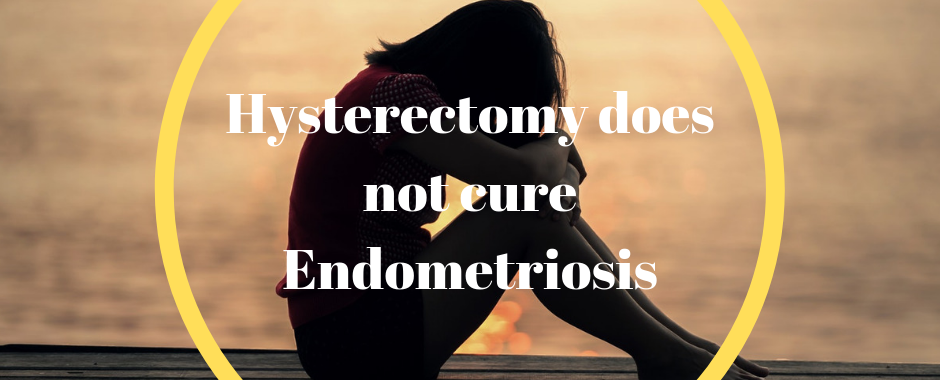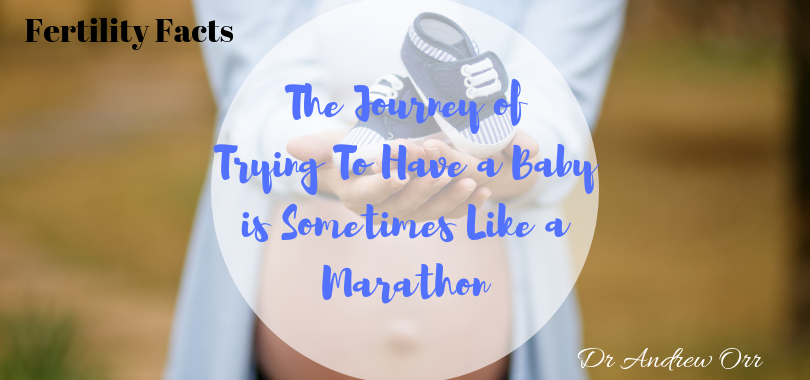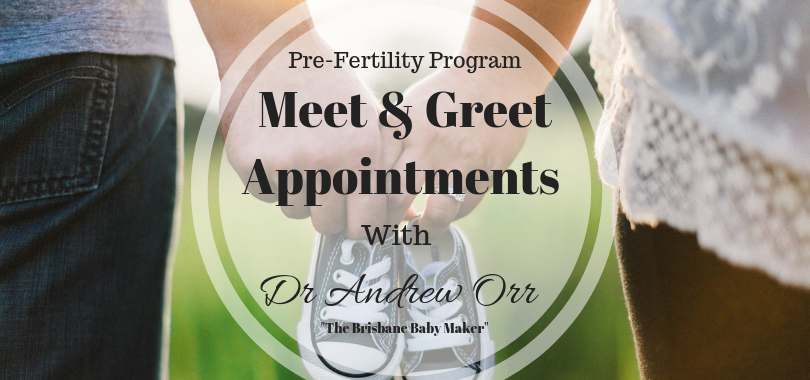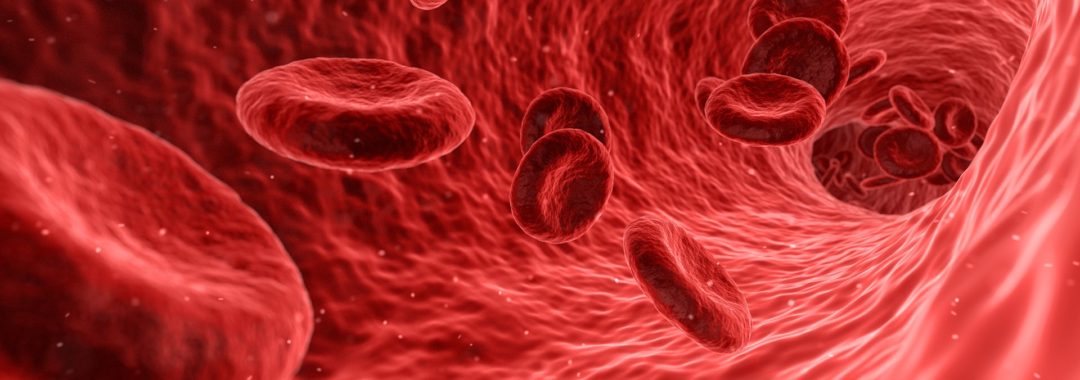It has long been known that the health of parents is passed onto the unborn child. Healthy women produce healthy eggs and healthy men produce healthy sperm.
Healthy parents produce healthy embryos that go on to become healthy babies. Healthy babies don’t just come from the health of the mother. Men’s health prior to conception is just as important for making healthy babies. This then creates the best chance of a healthy pregnancy and also a healthy child.
There is now sufficient research and growing evidence to show that the health of the parents prior to having a baby, and at the time of conception, can have a significant impact on the short term and long term health of the their future children.
The parental mode of inheritance is now very well understood and the physical and emotional health of the parents has been shown to contribute to the lifetime health of their future offspring.
What factors can affect fertility and future offspring?
Research has shown that many factors, passed on from the parent’s health, can affect the future offspring’s health throughout their entire life. These factors passed on from the parents include:
- Poor diet
- Poor nutrition
- Highly refined foods and softdrinks (soda)
- Exposure to certain chemicals and additives (food colours and additives)
- Alcohol
- Smoking
- Use of drugs (both medical and recreational)
- Environmental estrogens (plastics, preservatives, pesticides)
- Emotional and psychological health (mood disorders, psychiatric disorders)
- Being overweight/obese (excess body fats known as obestrogens)
- Health issues (Diabetes, inflammatory health conditions
- Many other factors
Epigenetics
All these factors can then affect the genes and DNA in the woman’s eggs and man’s sperm. This can then affect genes and DNA of the developing baby and later have effects on gene expression and expression of future disease states. This can also affect the child’s future health throughout its lifetime and can be a major reason why a child may develop certain disease states too.
The functioning of Genes and DNA can be changed when they are exposed to certain environments, especially less than optimal ones. These are called Epigenetic changes, or Epigenetic affects. These epigenetic changes then affect the health of the baby at birth and then later go on to affect the health of the child throughout its life and then into adulthood. This is what we now know and the Parental Mode of Inheritance.
There has been much research over the years to show that epigenetic changes that occur during the growth of the baby in the womb are in response to the environment inside the uterus and ultimately inside the mother. But, there is now growing research to show that the health of the father is just as important when it comes to these epigenetic changes.
The environment in which the sperm and the egg grow in and mature and also the health of the fluid inside the fallopian tubes, where fertilisation takes place, all impact the short term and future health of the unborn baby. Not only do the sperm and the egg impact the developing embryo, but the parents current physical and emotional condition at the time of conception then have lasting affects on gene expression and the future health of their offspring. It is a very complex situation and this is not often understood, nor explained to couples wanting to be parents.
How preconception diet and lifestyle affects fertility and pregnancy rates
The mother and fathers diet at the time of conception also has a lasting and major impact on the developing embryo and the offspring’s future health. Research has shown that lack of protein and a high GI/highly refined food western based diet can not only affect embryo development, but it can also influence fertilisation and pregnancy rates too.
Embryos don’t do well in a high insulin and highly sugar-based, carbed up environment. Recent research showed that when protein is increased and the bad highly refined carbs cut out that there were significant differences seen. Blastocyst development was higher in the high- protein group than in the low-protein group (64% vs 33.8%), as were clinical pregnancy rates (66.6% vs 31.9%) and live birth rates (58.3% vs 11.3%). When the diet was corrected and adequate protein was consumed and the bad carbs reduced, the clinical pregnancy rates shot up by as much as 80%.
Infections, inflammation and inflammatory disease states
Infections, non-infectious inflammation in the body (excess body fat, insulin resistance etc) and inflammatory disease states (endometriosis, PCOS etc) can all impact fertility. If any of these factors are present at the time of conception, they can have an impact on gene expression, DNA and the future immune status of the future offspring too.
This is why is very important to reduce inflammatory response in the body of the parents prior to conception. This can be done by preconception planning, proper investigations and testing and dietary and lifestyle changes prior to conception taking place.
Age and other factors
Older age, poor fitness, poor nutrition, poor dietary habits, obesity, alcohol, drugs, stress and parents emotional state all have an impact on epigenetic changes and these then can seriously affect the health of the baby at birth and then throughout its many years into adulthood. It is important that all couples who want to be parents know this.
Preparing for conception is like preparing for a marathon
I always say that the journey to having a baby is like preparing for a marathon. It takes training, getting the body fit, proper nutrition, proper diet advice, emotional support and so much more to win that race. The physical and mental aspects are just as important as each other and often overlooked. Both impact the health of the future child. This is why preconception planning and preconception health is so important.
Factors that improve fertility and pregnancy rates
If you are planning to have a baby, you need to look at getting healthy now. Both men and women need to be as healthy as possible before conception. They need avoiding risks like mentioned above to not only improves their fertility and chances of a successful pregnancy, but to improve the health of their future child.
Some of the things both men and women can do prior to conception are:
- Have a full fertility assessment
- Get semen quality checked (semen analysis)
- Have proper investigations for inflammation and inflammatory disease states
- Be in the healthy weight range (lose, or gain weight)
- Quite smoking
- Reduce or cut out alcohol
- Eat healthy by reducing bad carbs, increasing protein and vegetables.
- Exercise 3-4 times per week
- Take vitamins, amino acids and nutritional supplements (especially folate for women)
- Avoid contact with toxic chemicals in the work and home environments
These things and more can all be done prior to anyone trying to conceive.
My Fertility Program and Preconception Planning
Preconception care and thorough planning is all covered as part of my fertility program. Every aspect of fertility care and management is covered. No stone is left unturned to help the couple not only assist their fertility, but to make sure they are the healthiest they can be prior to having a baby. Healthy men and healthy women make healthy babies and this is something I am here to help and assist anyone wanting a baby try achieve.
If you want to know more about The Fertility Program that has helped and assisted over 12,500 plus babies into the world, please click on the link provided.
You can also call my staff on +61 07 38328369, or email my clinic at info@drandreworr.com.au. You can also contact us by filling out an online form on the website as well.
Regards
Andrew Orr
-No Stone Left Unturned
-The International Fertility Experts
References:
- The Fertility Society of Australia- Lane, M., R.L. Robker, and S.A. Robertson, Parenting from
before conception. Science, 2014. 345(6198): p. 756-760. - Buck Louis, G. M., et al. (2016). Lifestyle and pregnancy loss in a contemporary cohort of women recruited before conception: The LIFE Study. Fertility and Sterility, 106(1), 180-188. doi: 10.1016/j.fertnstert.2016.03.009
- Chiu, Y.-H., Chavarro, J. E., & Souter, I. (2018). Diet and female fertility: doctor, what should I eat? Fertility and Sterility, 110(4), 560-569. https://doi.org/10.1016/j.fertnstert.2018.05.027
- Day, J., et al. (2016). Influence of paternal preconception exposures on their offspring: through epigenetics to phenotype. American Journal of Stem Cells, 5(1), 11-18
- Homan, G. F., Davies, M. J., & Norman, R. J. (2007). The impact of lifestyle factors on reproductive performance in the general population and those undergoing infertility treatment: a review. Human Reproduction Update, 13(3), 209-223.
- Nassan, F. L., et al. (2018). Diet and men’s fertility: does diet affect sperm quality? Fertility and Sterility, 110(4), 570-577. https://doi.org/10.1016/j.fertnstert.2018.05.025
- Salas-Huetos, A., et al. (2017). Dietary patterns, foods and nutrients in male fertility parameters and fecundability: a systematic review of observational studies. Human Reproduction Update, 23(4), 371-389. doi: 10.1093/humupd/dmx006
- Sharma, R., et al. (2013). Lifestyle factors and reproductive health: taking control of your fertility. [Review]. Reprod Biol Endocrinol, 11(66), 1477-7827.









